Help save the Blackatorp’s Mossen
Blackatorp’s Mossen: A 400-hectare sanctuary of unique wildlife and vegetation on the Skåne-Småland border, facing the threat of industrial deforestation and peat extraction that endangers its rich biodiversity.
About the area
The Blackatorp’s Mossen, a 400-hectare nature area in southern Sweden, is a unique and vital part of the region’s natural heritage. Straddling the border between Skåne and Småland, it is home to a rich diversity of wildlife and vegetation, some of which are found nowhere else in this part of Sweden. This remarkable area serves as a sanctuary for countless species, playing a crucial role in supporting biodiversity and maintaining ecological balance.
Blackatorp’s Mossen also acts as a critical bridge between two nature reserves, Vysslemyr and Vakö myr, creating a connected ecosystem that is essential for the movement and survival of many species, such as the black grouse, a species rarely seen in southern Sweden.
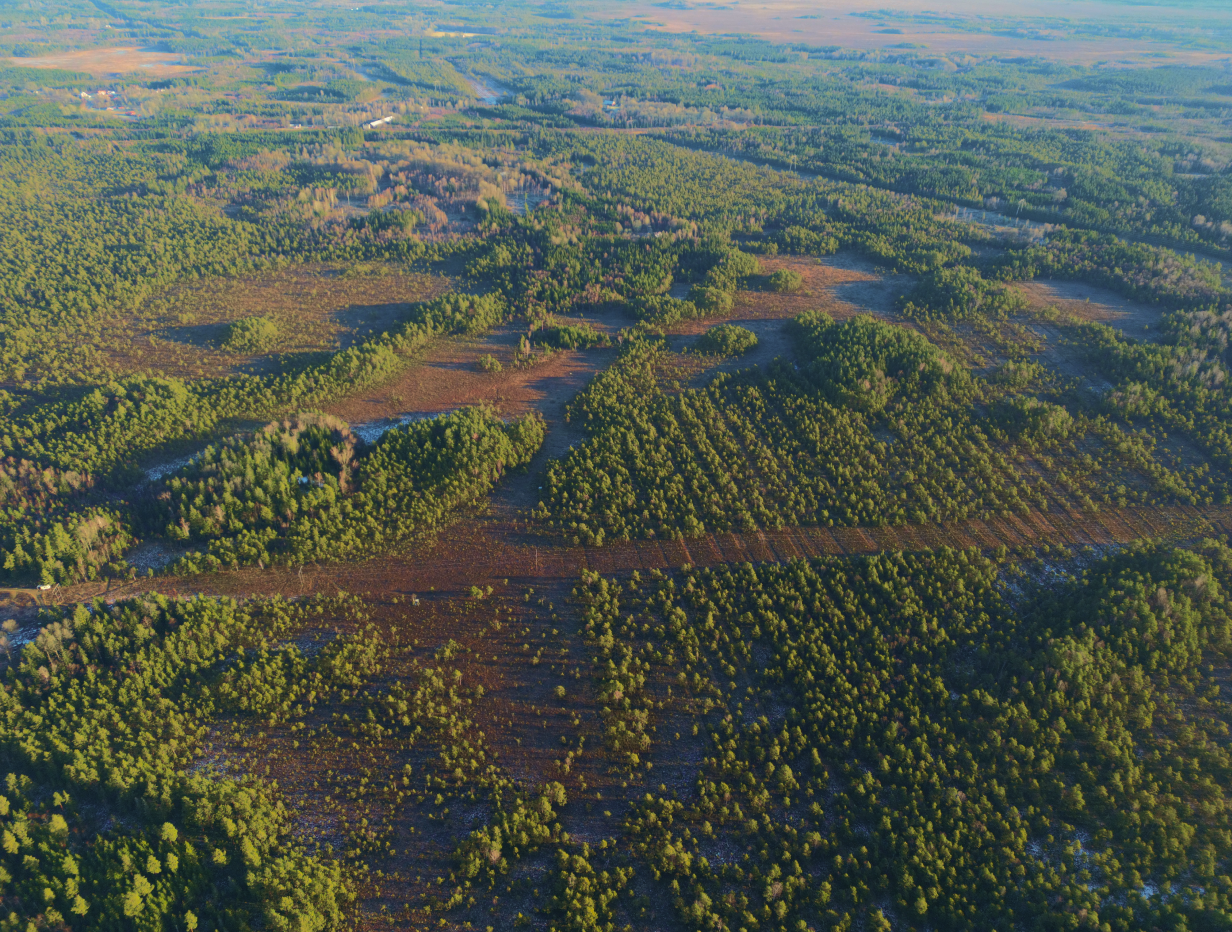
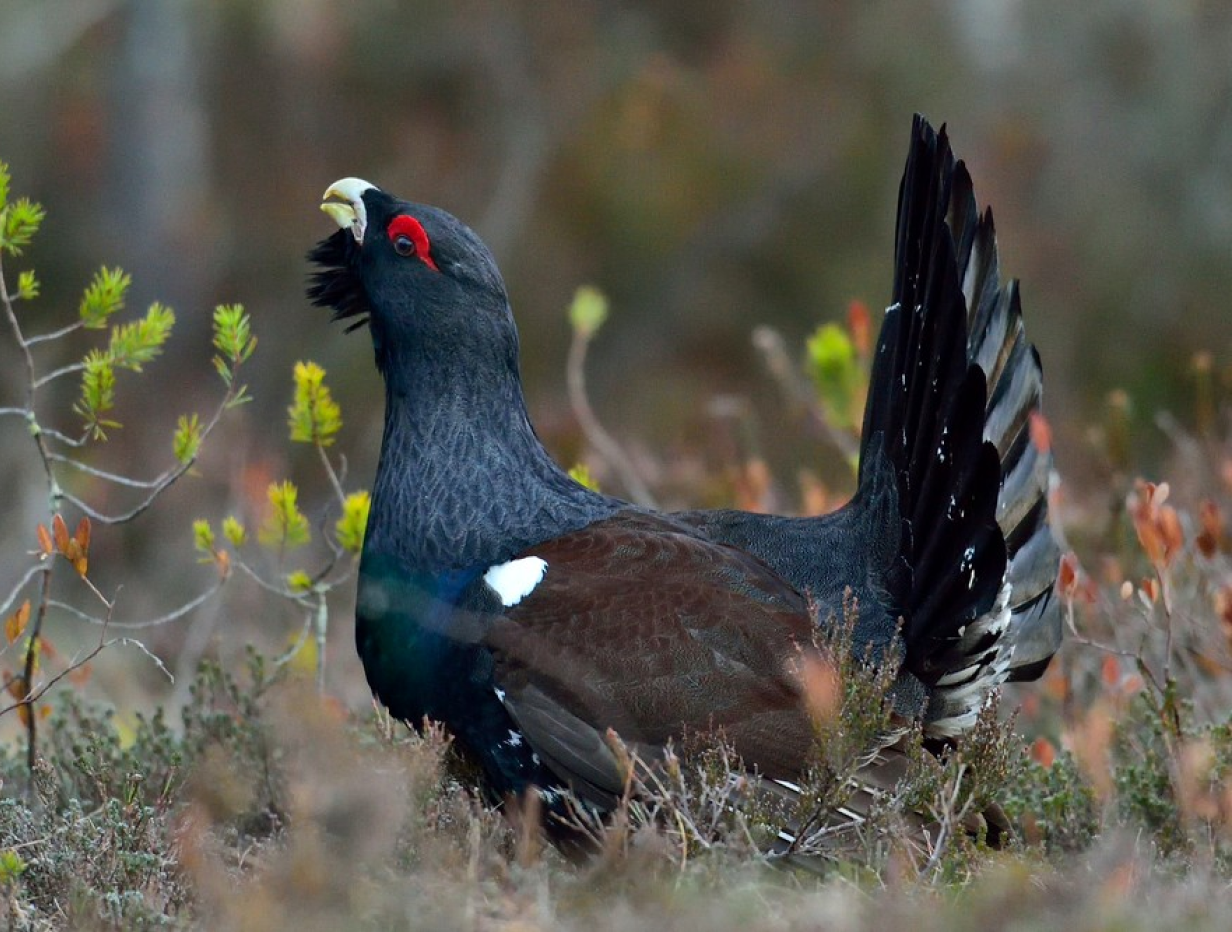
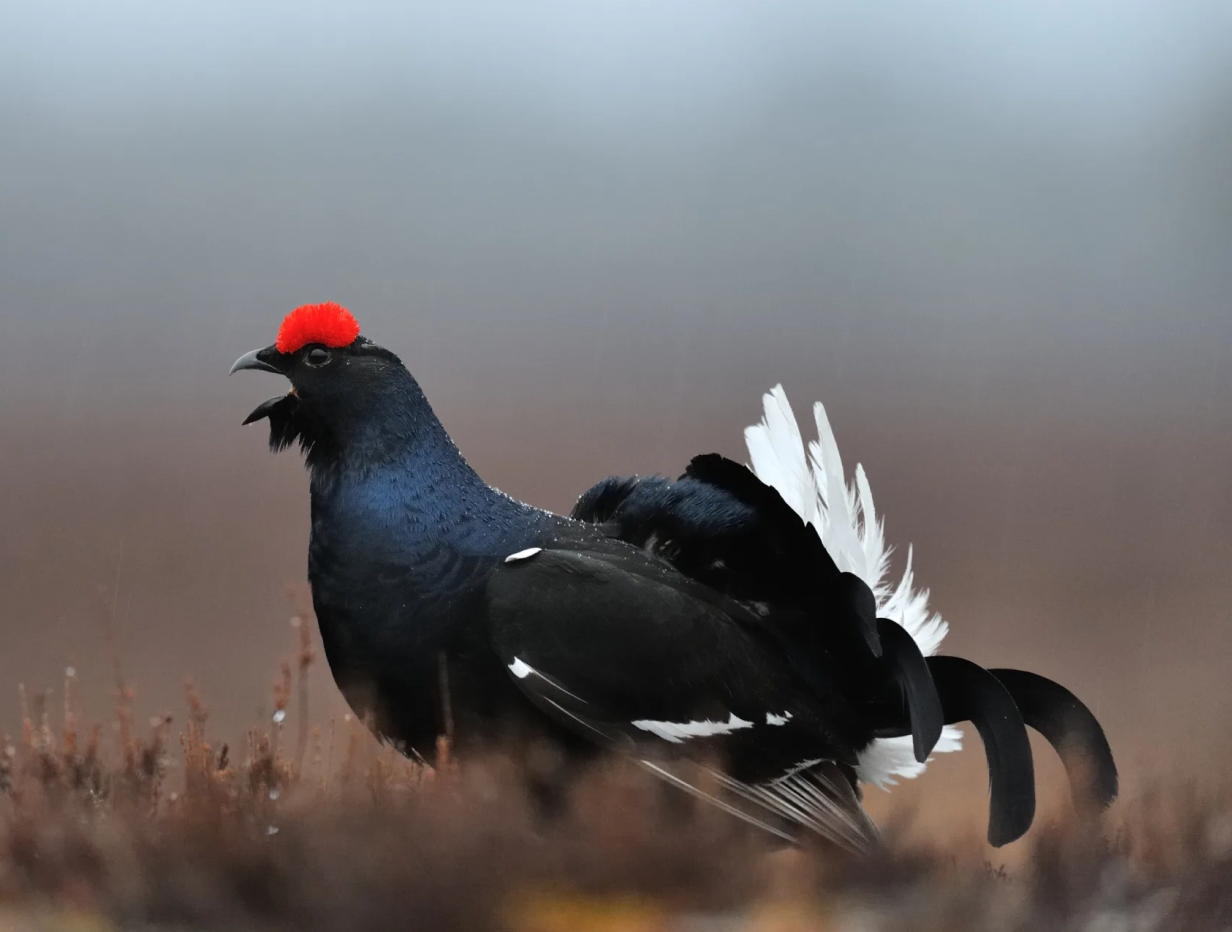
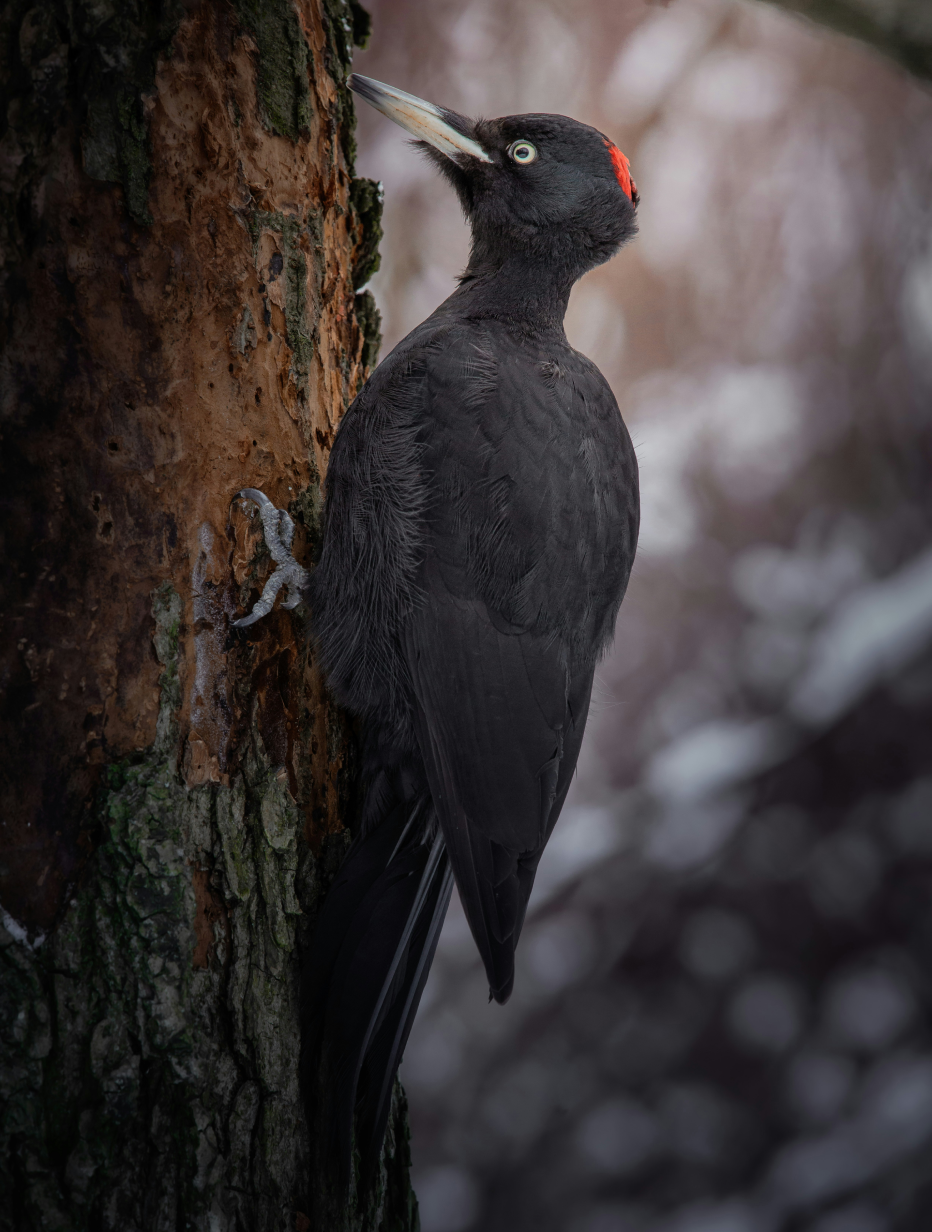
Rich of birdlife
This area is full of birdlife like the green and black woodpecker. But also contains the capercaillie and black gouse which is rarely seen in this part of Sweden.
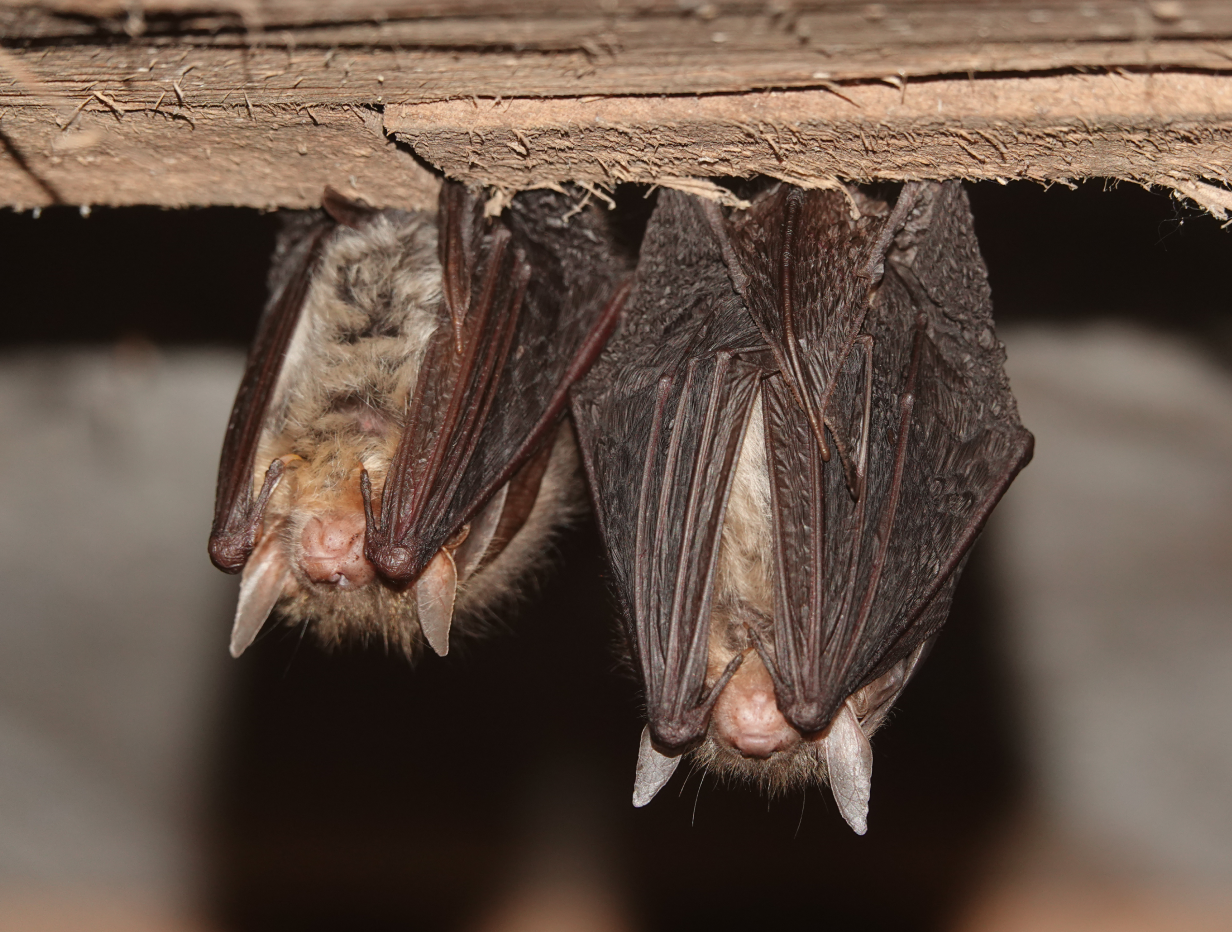
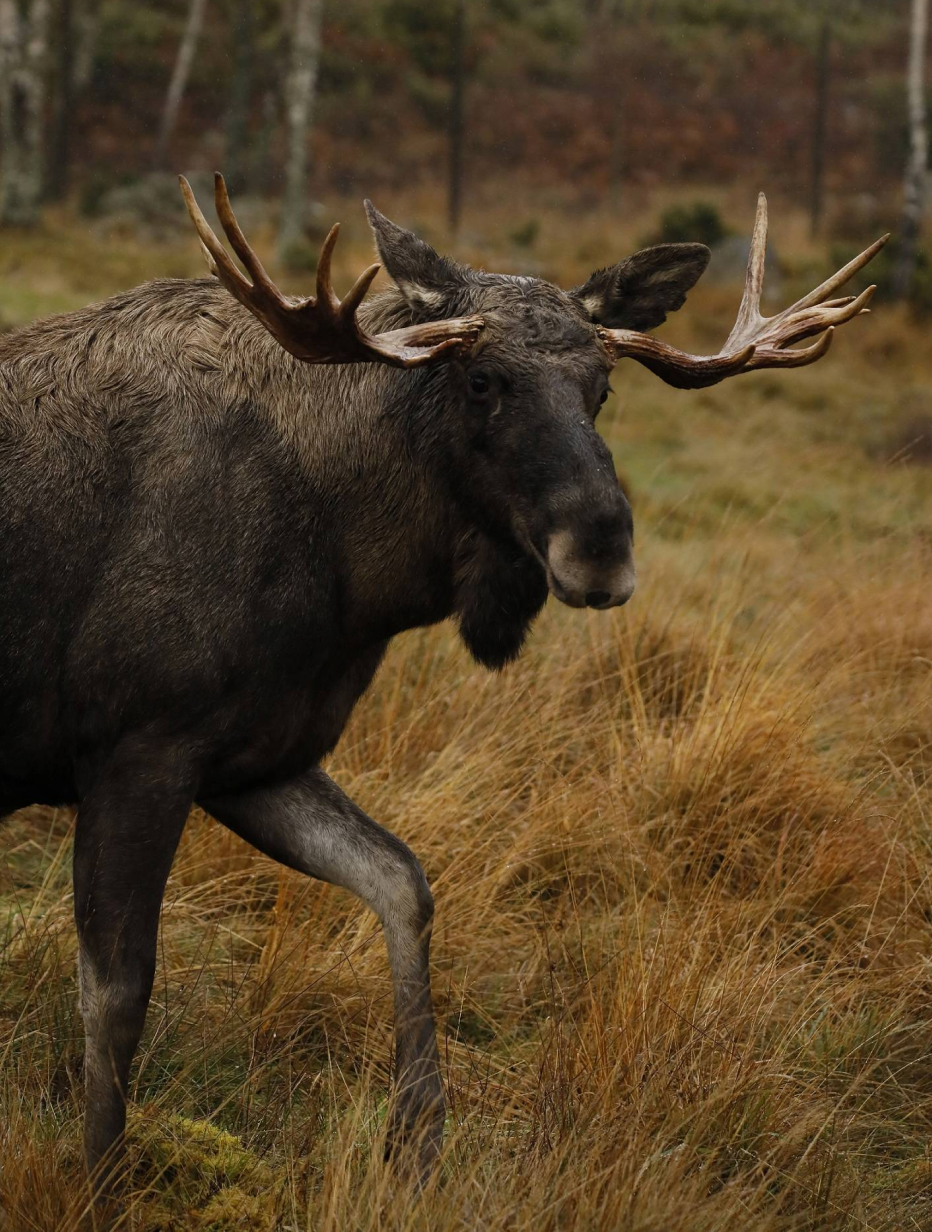
Unique wildlife
The area is home to multiple moose families and contains bat species that are protected.
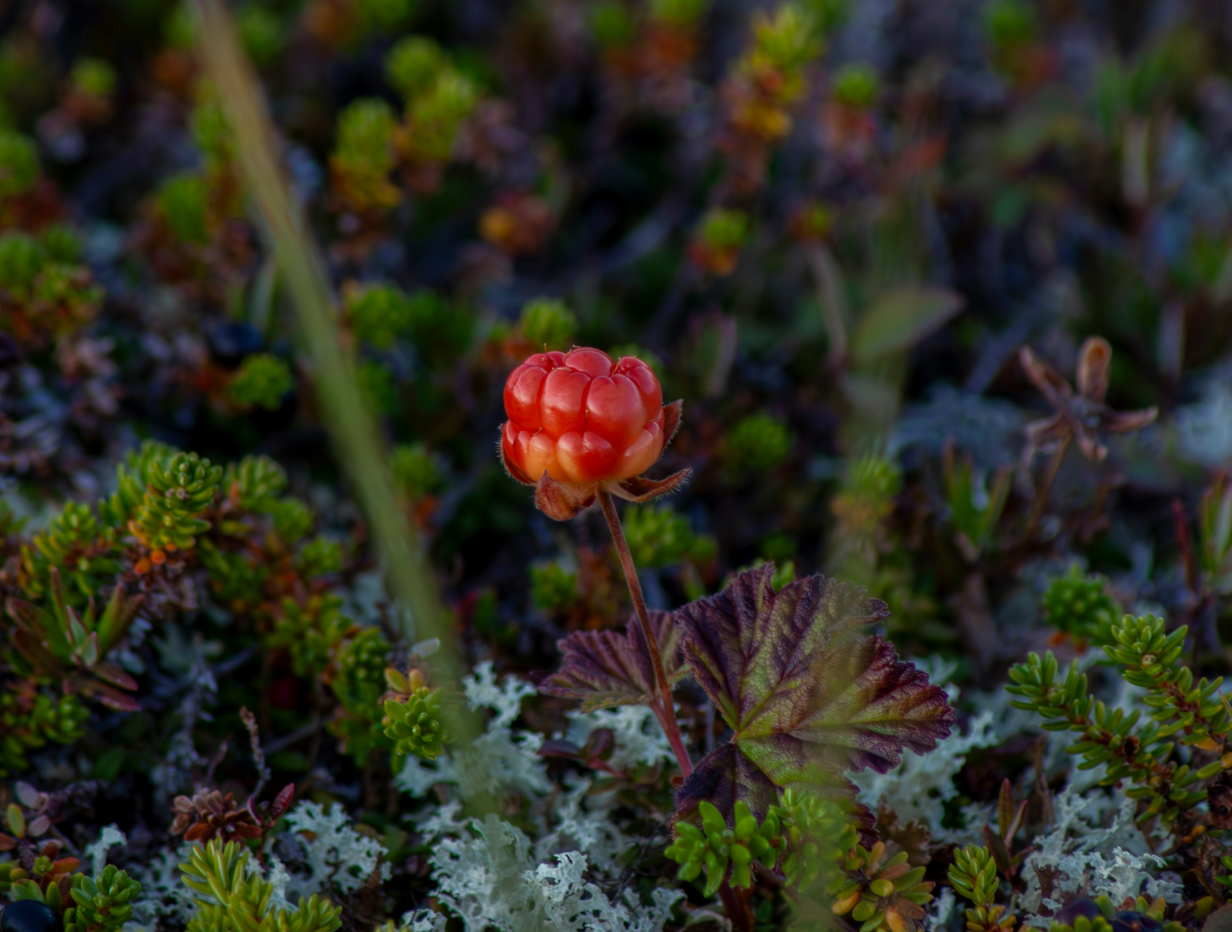
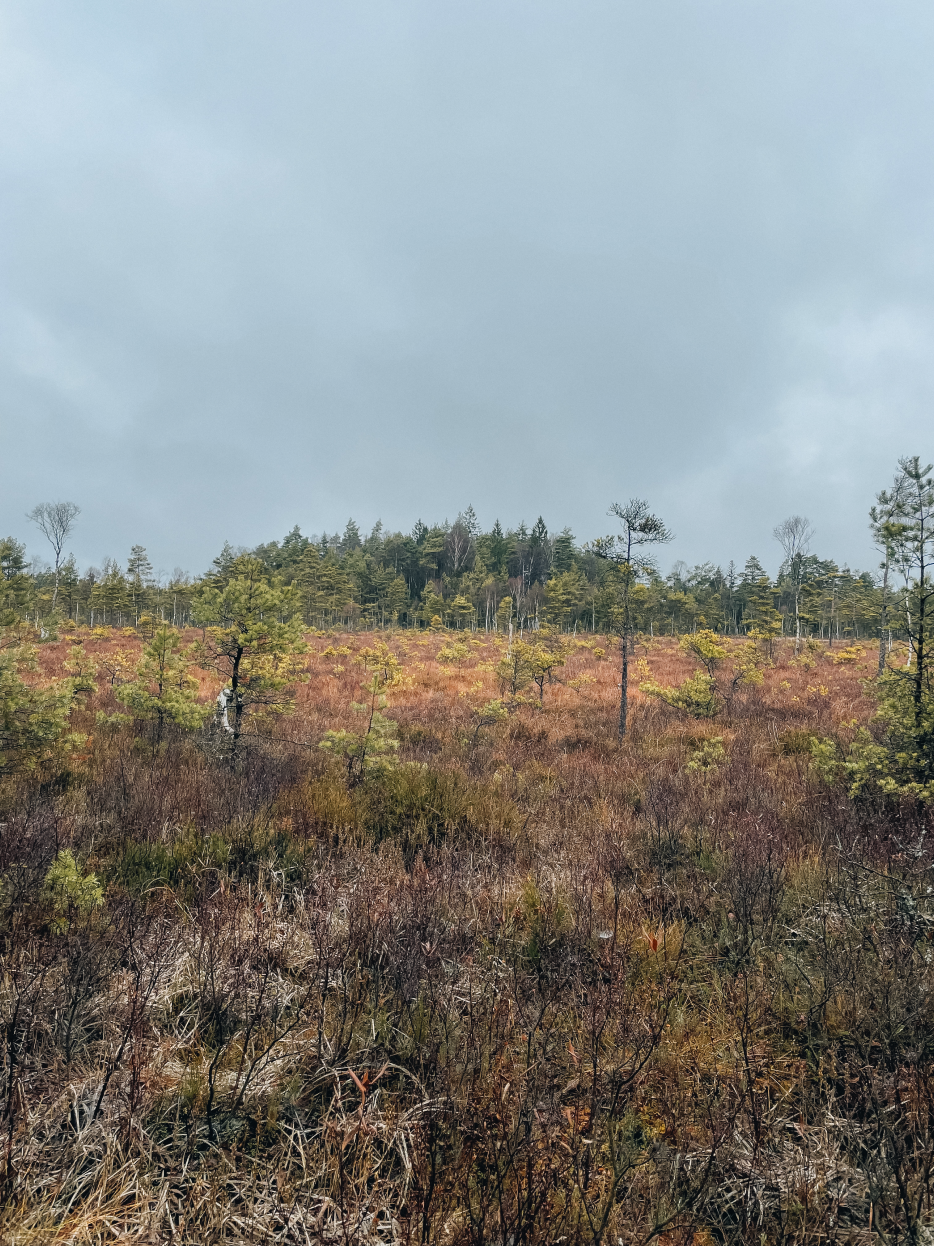
Essential vegetation
Open swamp areas that are slowely disapearing because of all ditches that has been done in Sweden which are essential for biodiversity.
This area is also a fruit haven for all kinds of animals. A lot of berry species can be found here like the cloudberry.
The threat
Despite its ecological significance and strong local opposition, Blackatorp’s Mossen is under severe threat from industrial exploitation. For over a decade, a Dutch company has sought to extract peat from this area, drawn by the abundance of this valuable resource. While the villagers and local authorities have consistently opposed these plans, the situation recently took a troubling turn. Regional authorities Länsstyrelse Skåne, who once sided with the community, have now granted a 30-year permit to Killebergs torvindustri AB for peat extraction. This decision effectively overrules the voices of the people living in the area, leaving them powerless to protect the land they cherish.
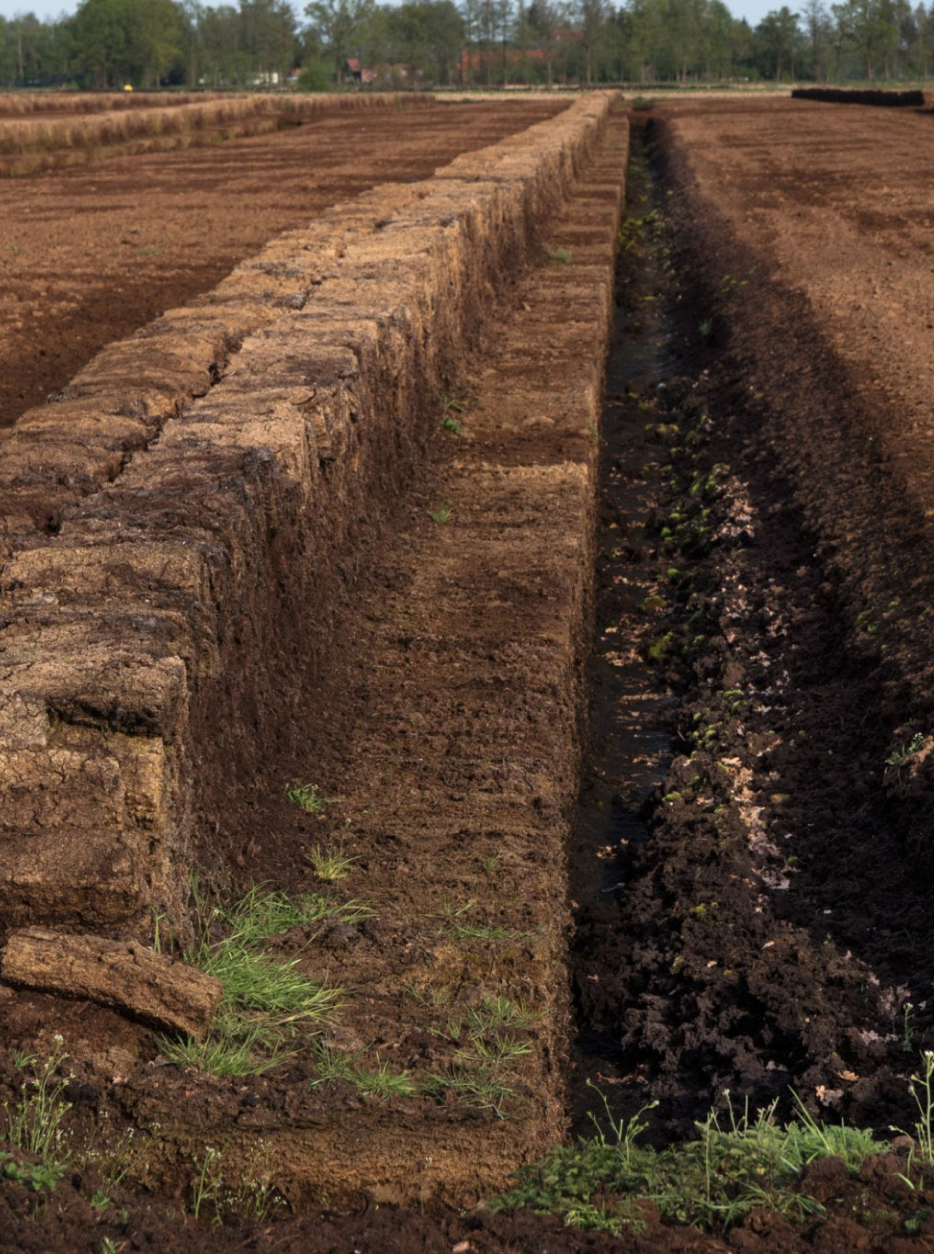
The consequences of this permit are devastating. Peat extraction would lead to the destruction of large portions of the swamps and forests that form the heart of Blackatorp’s Mossen. This process not only threatens the biodiversity of the region but also disrupts the delicate balance of an ecosystem that has taken centuries to develop.
Adding to this crisis, the company LC Energi have plans to construct large solar parks this area. While renewable energy is vital for combating climate change, the proposed locations would result in widespread deforestation, compounding the damage to the environment. Together, these developments would strip Blackatorp’s Mossen of its natural beauty, erase critical habitats, and permanently alter the landscape.
The community’s efforts to protect this irreplaceable treasure face an uphill battle, but the fight to save Blackatorp’s Mossen continues.
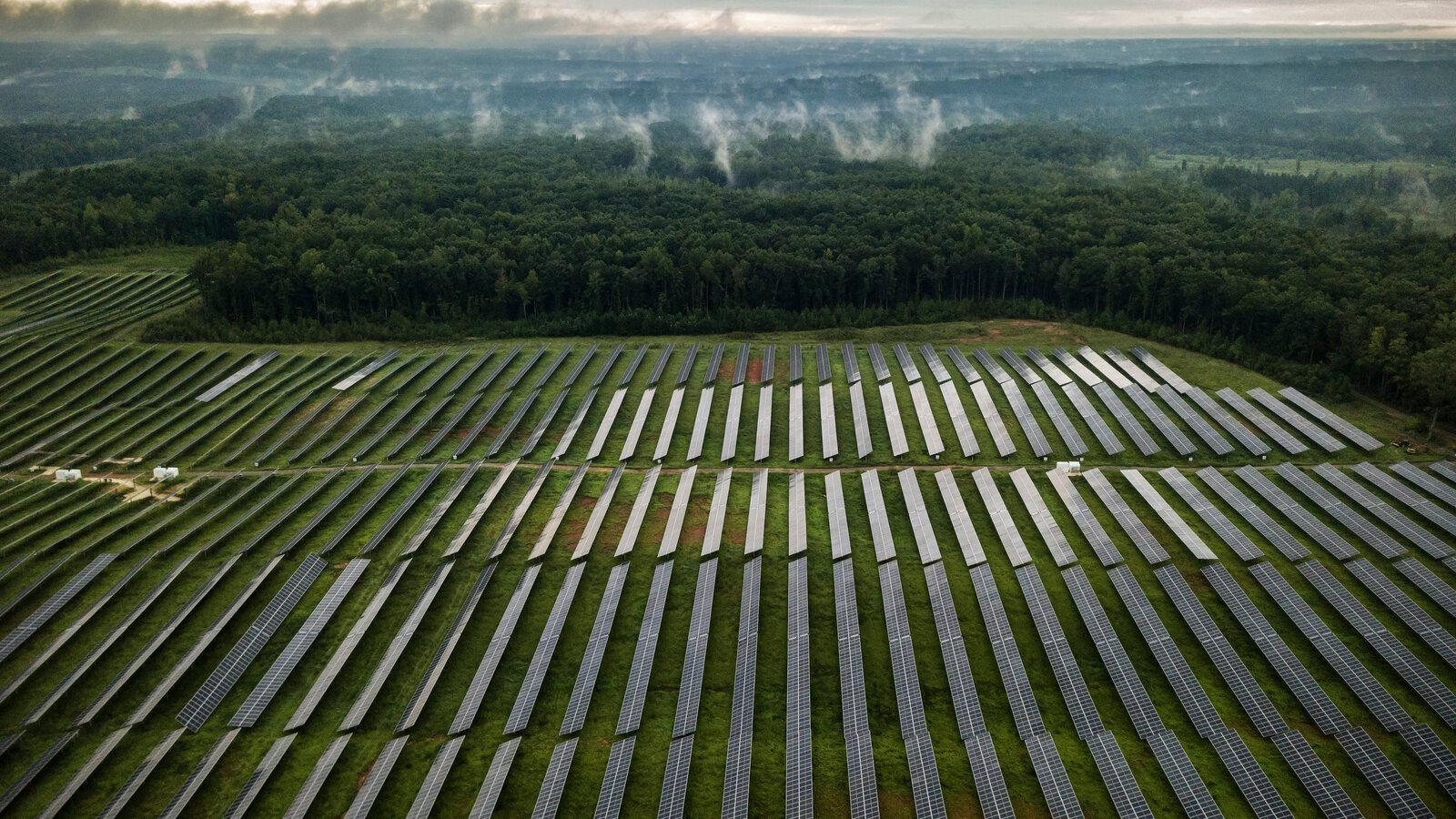
Killebergs torvindustri AB
Build of 30 Hectares of Peat extraction
LC Energi Solar park
Build of 120 Hectares of solar parks
Nature reserves
Vysslemyr and Vakö myr
The facts
1. Loss of valuable ecosystems
2. CO emissions and climate impact
Ditches and peat extraction in peatmosses in Sweden leak as much co2 as all private cars during one year.
Source: Åsa Kasimir, professor at Göteborg university says the best and most effective thing to do about climate change per hectar in Sweden is to restore the peatmosses.
3. Disruption of water management
Source: The article “Hydrological Impacts of Peatland Drainage and Restoration: A Review”, published in Progress in Physical Geography
4. Soil subsidence and flood risk
5. Protection of cultural heritage
Source: “Peatlands: Evolution and Records of Environmental and Climate Changes”
6. Long-term landscape changes
What can we do?
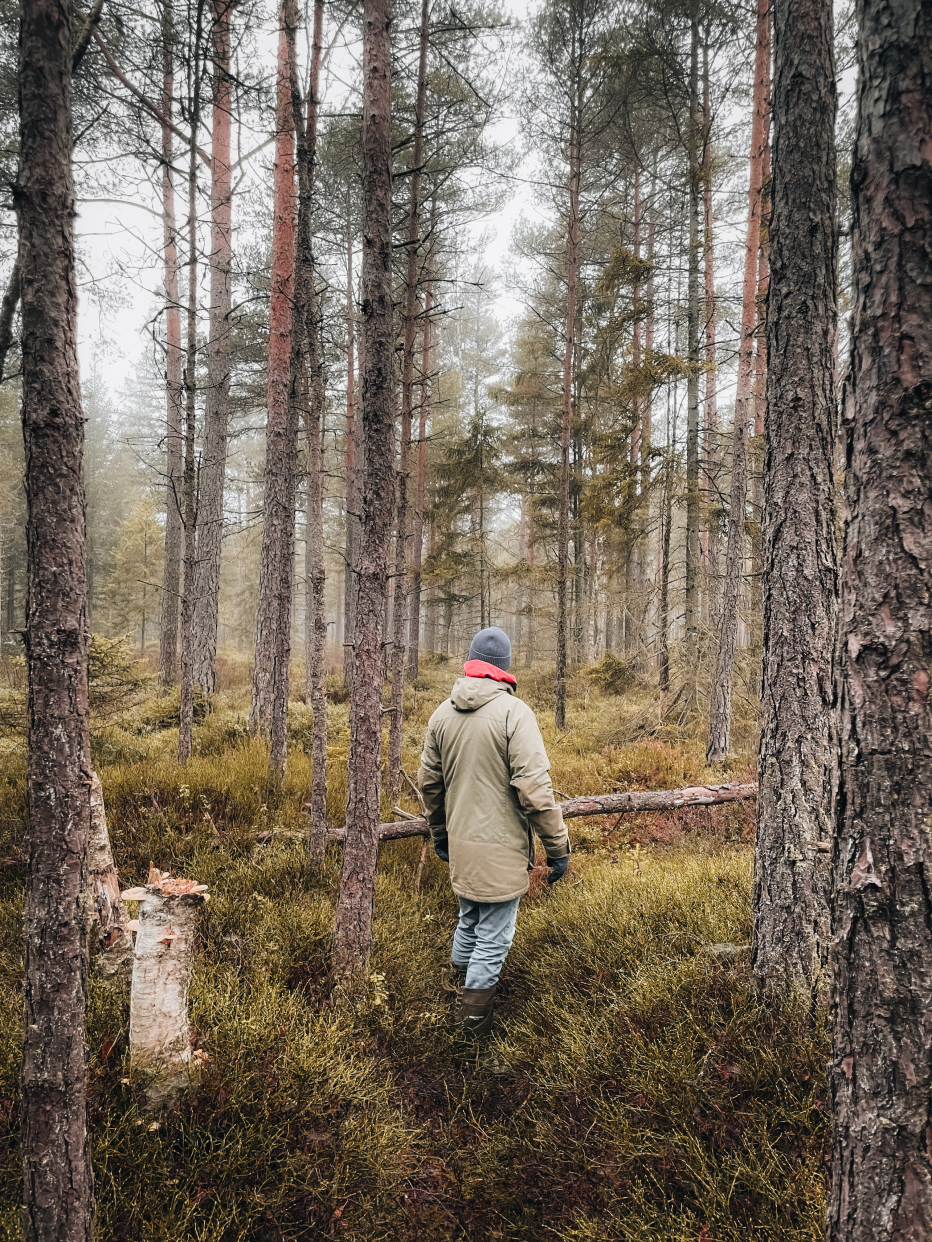
The Blackatorp moss wetlands are under threat. A Dutch company plans to extract peat, destroying a vital habitat for moose, deer, and countless bird species. This cannot happen. Together, we can protect this unique ecosystem.
How You Can Help:
🌿 Spread the word – Share our story on social media and with friends. Awareness is our strongest weapon.
What We Are Doing:
🌿 Building a coalition – We are reaching out to environmental organizations and experts.
🌿 Engaging with authorities – We are demanding answers and legal action.
🌿 Raising awareness – Through media, social platforms, and events, we are making this issue known.
🌿 Fighting for legal protection – We are exploring ways to designate this area as a protected nature reserve.
This land belongs to nature – not corporations. Join us in defending it!
Take action today. Together, we can make a difference.